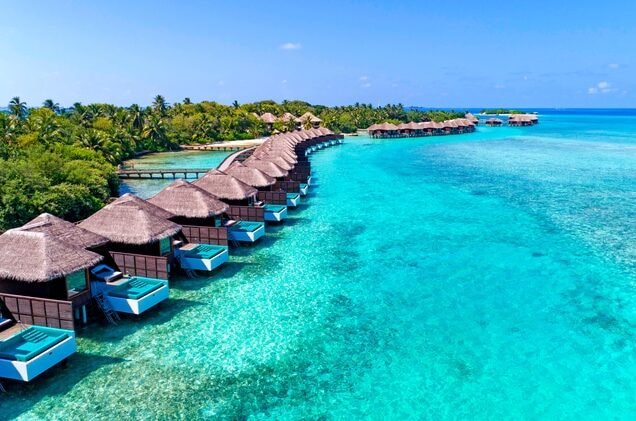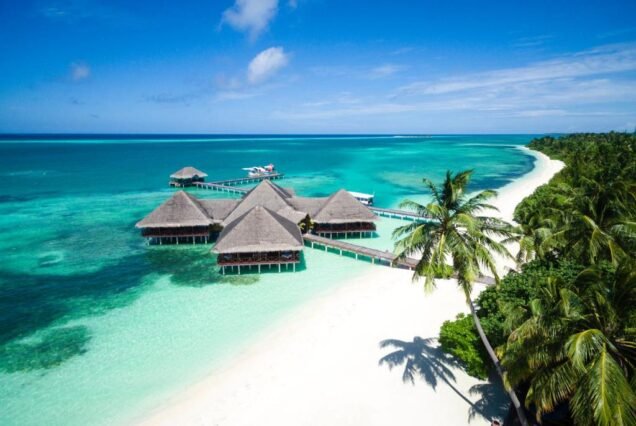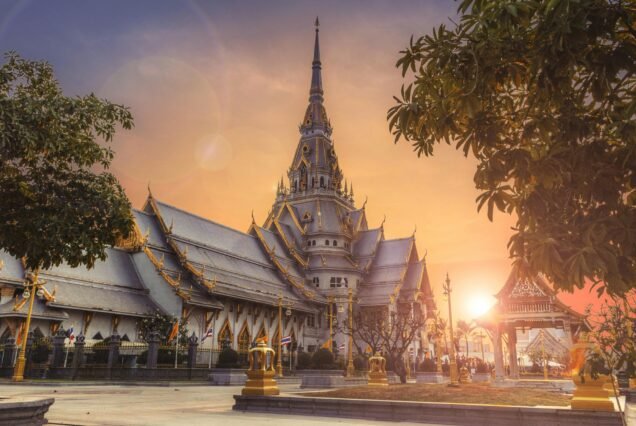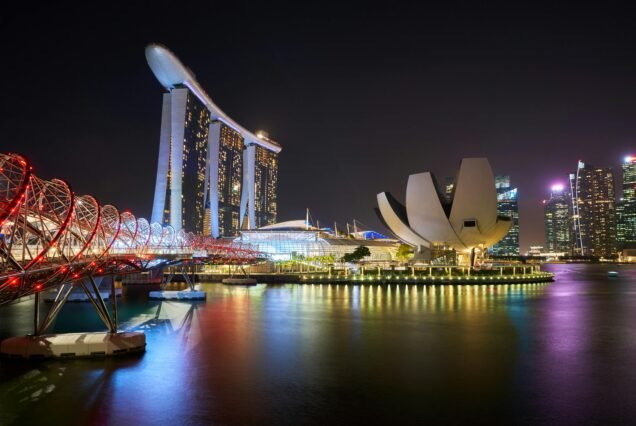11N-12D Chardham Yatra-Ex-Delhi
Haridwar (1N) -> Barkot (2N) -> Uttarkashi (2N)–> Guptkashi (2N)> Kedarnath (1N)-> Badrinath (1N)-> Rudraprayag (1N)-> Rishikesh (1N)
Tour Highlights
Included in the price
- Accommodation on double room basis.
- Meal Plan – Breakfast & Dinner
- Transportation by Non A/C private basis (Delhi-Haridwar & Rishikesh-Delhi by A/C Vehicle Services) with all road, state taxes, driver allowance, permit & night halt.
- 02 pax – Sedan
- 04 -06 pax – Innova
- 06 -12 pax – Tempo Traveller
Meals
Daily Breakfast and Dinner
Additional Charges :
- Round trip helicopter fare INR 9,000-12,000 per person from Phata /sirsi.
- Round trip helicopter fare INR 12,000-14,500 per person from Guptkashi.
(note : seats are subject the availability once tickets are open)
Package Excludes
- Government Service Tax as applicable (GST 5%)
- Air Fare / Train fare.
- Personal Expenses such as Laundry, telephone calls, tips & gratuity, mineral water, soft & hard drinks, portage.
- Additional sightseeing or extra usage of vehicles, other than mentioned in the itinerary.
- Entrance Fees, Porter, Pony, tips, camera fee, ropeway charges, entrance charges, travel insurance & Guide charges.
- Any cost arising due to natural calamities like, landslides, road blockage, political disturbances (strikes), etc (to be borne by the client, which is directly payable on the spot).
- Any increase in taxes or fuel price, leading to increase in cost on surface transportation & land arrangements, which may come into effect prior to departure.
- Service Tax.
- Anything which is not included in the inclusion.
- Difference in cost arising due to extra usage of vehicle, other than scheduled & mentioned in the itinerary.
- Difference in cost arising due to change in Taxes by the Government which will have to be collected directly ON ARRIVAL.
- Monument fee not included.
Day-wise Itinerary
Day 1: Delhi – Haridwar (230 kms/5-6hrs) – Arrival Delhi Airport / Delhi Railway Station, Meet & Assist further drive to Haridwar. Transfer to your Hotel. If time permits visit Mansadevi Temple, Chandidevi Temple, Daksha Mahadev Temples & Others. Also visit Har-ki-Pauri for Ganga Aarti. The ‘Aarti’ worship of the Ganga after sunset and the floating ‘dia’ (lamp) is a moving ritual. Back to your hotel, Night halt.
Day 2: Haridwar – Barkot (210kms/7-8hr) – Drive to Barkot via Mussoorie, enroute visit Kempty Fall (Suggestible to have your lunch at Kempty fall as further no good restaurants are available before Barkot). Later drive straight to Barkot, transfer to your Hotel. Rest of the day is free to relax and store your energy for the Pahad (hiII) Yatra of Yamunotri the next day. Overnight stay at Barkot.
Barkot is known for its scenic natural beauty. Located at the confluence of Yamuna and tons rivers. At an elevation of over 4,000 ft, apple orchards ringed by the Himalayan range. Barkot offers panoramic views of the snowcapped mountains of Bandar Poonch. Barkot is an important stopover en route to Yamunotri and Gangotri, among the four Char Dham Pilgrimages.
Day 3: Barkot – Yamunotri – Barkot {38kms drive & 6kms Trek (one side)} – Early morning, Drive to Jankichatti/Phoolchatti, trek start from here to Yamunotri (6kms). Either by walk or by horse or by Doli at own cost. The trek passes through lush green valley, a profusion of conifers, rhododendrons, cacti and several species of Himalayan shrubs.
Arr. Yamunotri, One can cook rice by packing it in a cloth and dipping it in the hot water of the hot kund. Pilgrims take this cooked rice home as “Prasad”. Here near the temple “Pooja” can be offered to Divya Shila, After taking bath in Jamunabai Kund’s warn water and having “Darshan” of pious “Yamunaji” returning to Jankichatti. Return back to Barkot, Overnight stay.
Yamunotri, the western most shrine of the Char Dhams, is dominated by Banderpunch (6,361 m). Yamunotri is the source of the river Yamuna, the twin sister of Varna, the Lord of Death. Yamuna is also the daughter of Surya the Sun. The actual source of the river originates from Champasar Glacier 1 km a head of the shrine, at an altitude of 4,321 mts.
Yamunotri Temple: Maharani Gularia of Jaipur built the temple in the 19th Century. It was destroyed twice in the present century and rebuilt again.
Surya Kund: There are a Number of thermal springs in the vicinity of the temple, which flows into numerous pools. The most important of these is Surya Kund.
Divya Shila: A rock pillar, worshipped before entering the Yamunotri Temple.
Day 4: Barkot – Uttarkashi (90kms/4hr) – Drive to Uttarkashi. Visit Vishwanath Temple & Others. Check in Hotel. Rest day at leisure. Night Halt.
Uttarkashi is home to a number of ashrams and temples and also to the Nehru Institute of Mountaineering. The name of the town reflects its similarity to and location (as north of) the city of Kashi (Varanasi). Similar to Varanasi, town of Uttarkashi is situated on the Ganges, lies next to a hill named Varun Parvat, on confluence of two rivers Varuna and Asi, has a ghat called Manikarnika Ghat and has a temple dedicated to Shiva (Kashi Vishwanath) in the center of the town.
Vishwanath temple – Vishwanath temple is one of the oldest Shiva temples in Northern India. Re-constructed in 1857 by Maharani Khaneti Devi of Tehri State in the ancient architectural style. It is situated at the heart of the town. A massive iron trident, symbolic of divine mother’s, is erected and worshiped from time immemorial at the temple complex. Ganeshji, Sakshi Gopal, Markandeya Rishi’s small shrines are also part of the temple complex. Akhand
Jyoti as well as Akhand Abhishek, special aarti at morning and evening are offered. As per Skunda Puran, Uttarkashi is known as ‘Saumya Varanasi’, the abode of Lord Shiva in Kaliyug and counted as one of the twelve Jyotirlingas.
Day 5: Uttarkashi – Gangotri – Uttarkashi (100kms/3-4 each side) – Early morning drive to Gangotri, enroute at Gangnani take a holy dip in Garam Kund, further drive to Gangotri via beautiful Harsil Valley. Harsil is famous for its nature beauty and for the majestic views of the Deodar trees, and mountains. On arrival at Shree Gangotri, take a holy dip in the sacred river Ganges which is also called Bhagirathi at its origin. Perform Pooja and Darshan, after that relax for some time in the lovely surroundings. Return back to Uttarkashi. Overnight stay at Uttarkashi.
Day 6: Uttarkashi – Guptkashi (220kms/8-9hr) – Drive straight to Guptkashi via Moolgarh & Lambgoan. Enroute you can see the beautiful river Mandakini at Tilwara. The Mandakini river comes from Kedarnath, drive alongside the river to reach Guptakashi. On arrival Check In at the Hotel, evening visit Ardh Narishwar Temple. Overnight stay at the Hotel.
Day 7: Day 07: Guptkashi – Kedarnath (30kms by road & 19kms Trek – After medical check-up proceed to Sonprayag, Trek start from Sonprayag to Kedarnath (3584 mts) by pony / Doli. Tour members should carry personal medicines, heavy woolen, toiletries and clothes for an overnight halt at Kedarnath. Visit Kedarnath Temple. Overnight stay.
Kedarnath: The Kedarnath shrine, one of the 12 jyotirlingas of Lord Shiva, is a scenic spot situated, against the backdrop of the majestic Kedarnath range. Kedar is another name of Lord Shiva, the protector and the destroyer. According to legend, the Pandavas after having won over the Kaurava in the Kurukshetra war, felt guilty of having killed their own brothers and sought the blessings of Lord Shiva for redemption. He eluded them repeatedly and while fleeing took refuge at Kedarnath in the form of a bull. On being followed he dived into the ground, leaving his hump on the surface. The remaining portions of Lord Shiva appeared at four other places and are worshipped there as his manifestations. The arms appeared at Tungnath, the face at Rudranath, the belly at Madhmaheshwar and his locks (hair) with head at Kalpeshwar. Kedarnath and the four above-mentioned shrines are treated as Panch Kedar.
Day 8: Kedarnath – Guptkashi (19Kms Down Trek & 30kms/1hr by Road)- Early morning you get up before dawn and after taking bath you are at the temple by 4:45 am for the ‘Abhishek’ to Kedarnath Shiva. Everyone can go inside Garbha Griha and touch the idol. You can also prostrate with your head touching the deity etc. After Temple Darshan trek down to Sonprayag. Further drive to Guptkashi. Check in Hotel. Night Halt.
Day 9: Guptkashi – Badrinath (215kms/7hr) – Drive to Badrinath via Joshimath. Check in Hotel. Later at evening visit Badrinath Temple for Aarti. Overnight stay.
Badrinath one of the ‘Four Dhams’ is one of the most celebrated pilgrimage spots of the country and is situated at an elevation of 3,133 meters, guarded on either side by the two mountain ranges known as Nar & Narayan with the towering Neelkanth Peak providing a splendid backdrop. This revered spot was once carpeted with wild berries. Thus the place got the name “Badri van”, meaning “forest of berries”.
Day 10: Badrinath – Rudraprayag (160kms) / Kirtinagar (200kms) – Early morning, pilgrims after having a bath in the Taptkund have the Darshan of Badrivishal. Brahamakapal is significant for Pinddan Shraddh of ancestors (Pitrus). There are other interesting sightseeing spot like Mana, Vyas Gufa, Maatamoorti, Charanpaduka, Bhimkund and the “Mukh” of the Saraswati River. Just within the three kms of Badrinathjee. Later drive back to Rudraprayag / Kirtinagar via Joshimath. Check in Hotel. Overnight stay.
Day 11: Rudraprayag – Rishikesh (140kms/4-5hr) / Kirtinagar – Rishikesh (110kms) – Drive to Rishikesh, the ‘place of sages’ is a celebrated spiritual town on the bank of Ganga and is surrounded by Shivalik range of the Himalayas on three sides. It is said that when Raibhya Rishi did hard penances, God appeared by the name of ” Hrishikesh ” and this area hence firth came to be known as Rishikesh.
Check in Hotel. Later visit Rishikesh Temples & Sight Seeing – Laxman Jhulla, Ram Jhulla, Triveni Ghat, Bharat Mandir, Shivananda Ashram. At evening visit Ganga Aarti at Parmarth Ashram. Overnight stay.
Day 12: Rishikesh – Hardwar – Delhi (250kms/6-7hr) – Drive back to Delhi. On Arr. Delhi, transfer to Railway Station / Airport. Tour Terminate.
Tour Ends with Divine Memories
Note:
- Minimum 6 Persons
- Normally Hotel check-in time: 14.00hrs & check- out time: 12.00hrs, Early check-in will be charged extra
Enquire Now...
You May Like
“No matter where in the world you want to go, we can help get you there.
Book With Us And Book It Out Of Here!.”












